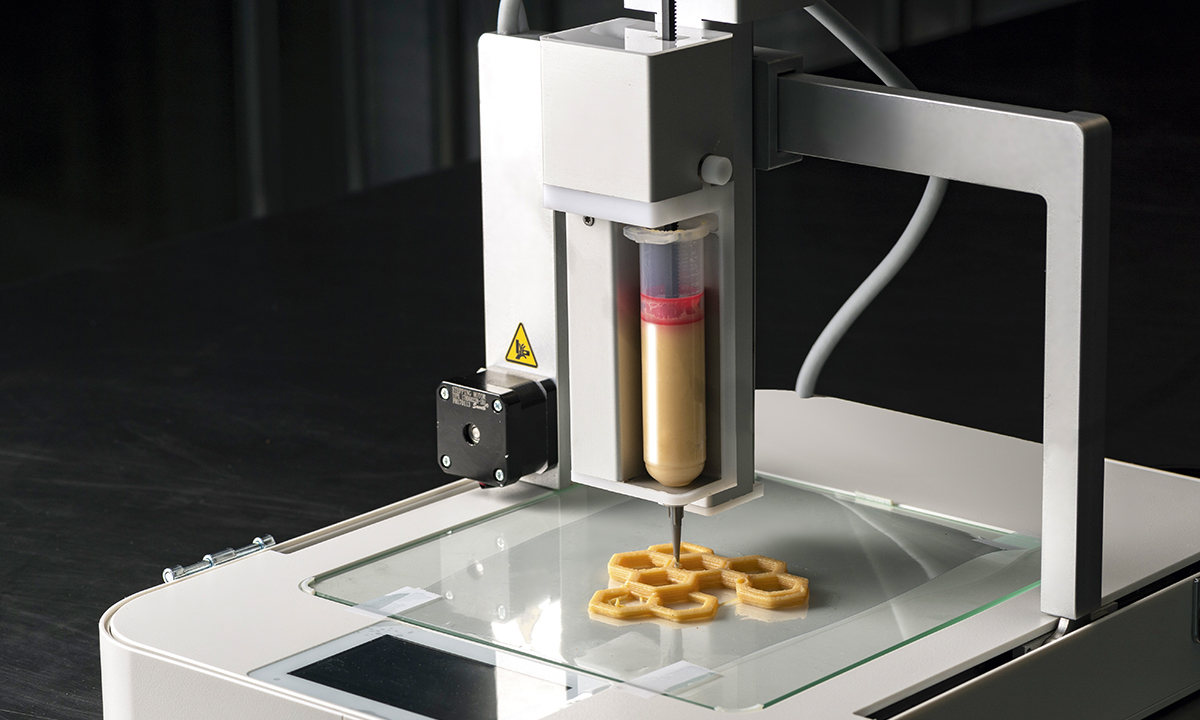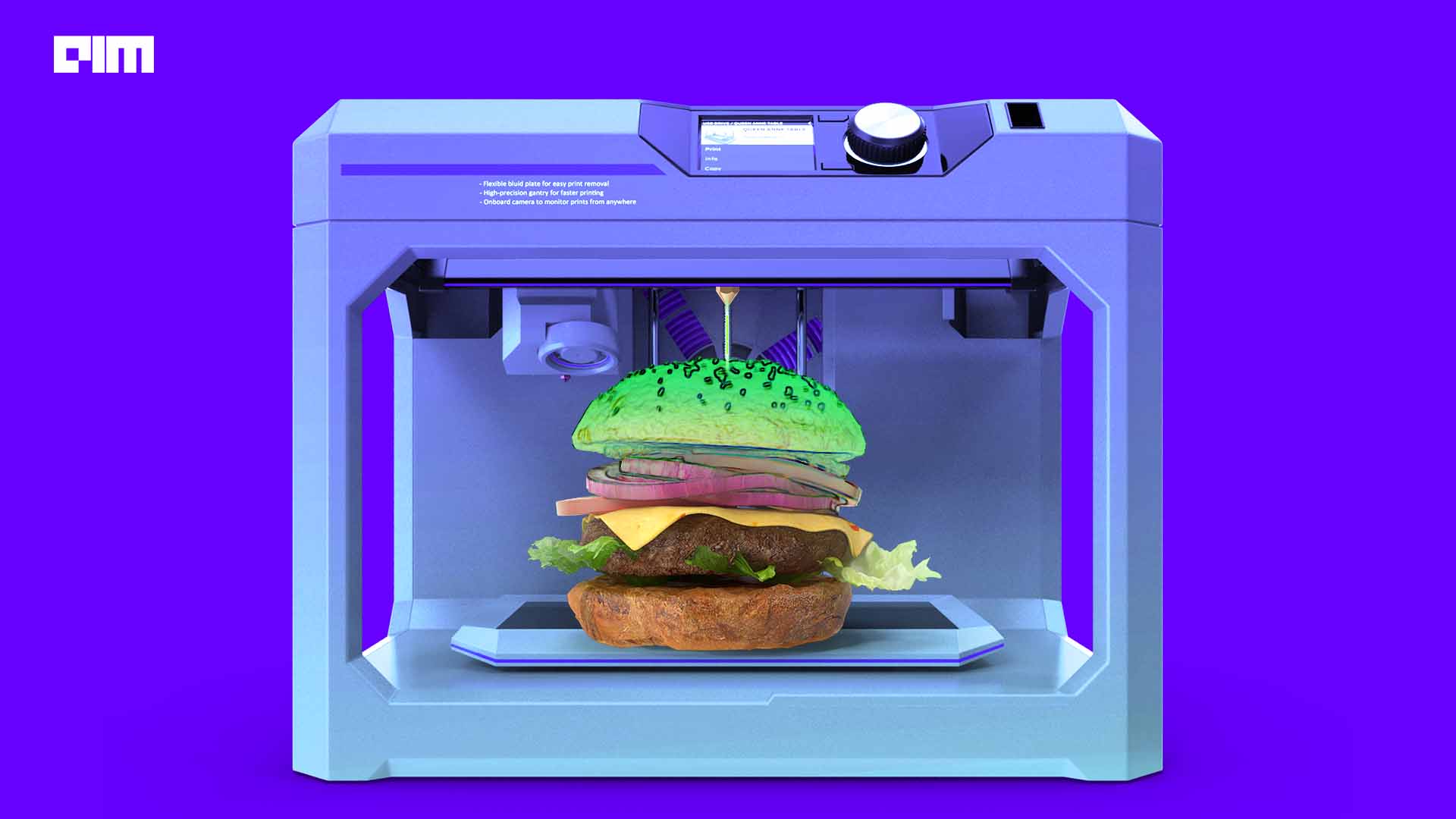Meals printers, the progressive culinary instruments of the longer term, are remodeling the way in which we create, personalize, and devour meals. From intricate edible designs to personalised dietary meals, meals printing opens up a world of culinary prospects that have been as soon as unimaginable.
With its versatility and precision, meals printing empowers cooks, meals fans, and nutritionists to push the boundaries of gastronomy. This revolutionary know-how has the potential to revolutionize the meals trade, addressing international meals safety challenges and selling sustainable meals manufacturing.
Historical past of Meals Printing

Meals printing, the method of making edible designs and buildings utilizing specialised printers, has undergone a exceptional evolution over time. Its origins will be traced again to the early 2000s, when researchers started exploring the potential of 3D printing know-how for meals functions.
One of many key pioneers on this area was Dr. Hod Lipson, a mechanical engineer at Cornell College. In 2006, he developed the Fab@Dwelling challenge, which aimed to make 3D printing accessible to most of the people. This challenge laid the inspiration for the event of meals printing know-how.
Within the years that adopted, a number of corporations emerged to commercialize meals printing know-how. In 2009, Pure Machines launched the Foodini, the primary commercially out there meals printer. This printer allowed customers to create custom-made meals by layering completely different meals elements collectively.
Since then, meals printing know-how has continued to advance quickly. New printing methods have been developed, and the vary of printable supplies has expanded considerably. Meals printing is now being utilized in a wide range of functions, together with customized diet, culinary arts, and area exploration.
Components Driving the Development of Meals Printing Know-how
- Elevated demand for customized diet:Meals printing permits the creation of custom-made meals that meet particular dietary wants and preferences.
- Rising curiosity in culinary innovation:Meals printing offers cooks with new instruments and methods for creating visually interesting and progressive dishes.
- Developments in 3D printing know-how:Enhancements in 3D printing {hardware} and software program have made meals printing extra exact and environment friendly.
- Authorities help:Authorities businesses all over the world are investing in meals printing analysis and improvement.
Supplies Utilized in Meals Printing: Meals Printer

Meals printing, an progressive culinary method, makes use of a various vary of supplies to create edible masterpieces. These supplies embody food-grade inks, biomaterials, and different progressive substances, every contributing distinctive properties and functions.
Meals-Grade Inks
Meals-grade inks type the inspiration of meals printing, enabling the exact deposition of edible colours, patterns, and designs. These inks are composed of edible dyes, pigments, and flavorings, fastidiously formulated to fulfill stringent meals security requirements.
- Edible Dyes:Man-made or natural colorants derived from crops, bugs, or minerals, edible dyes impart vibrant hues to printed meals. They’re sometimes water-soluble and heat-stable.
- Pigments:Insoluble particles that present opacity and shade to meals inks. Pigments provide better stability and resistance to fading in comparison with dyes.
- Flavorings:Meals-grade flavorings will be integrated into inks to boost the style of printed meals. These flavorings are fastidiously chosen to enrich the printed designs and supply a multisensory expertise.
Biomaterials, Meals printer
Biomaterials, derived from pure sources similar to crops, animals, or microorganisms, are more and more employed in meals printing. These supplies provide distinctive benefits, together with biocompatibility, sustainability, and potential well being advantages.
- Cellulose:A plant-based biomaterial, cellulose types the idea of many edible printing substrates. It offers construction and stability to printed meals, enabling the creation of advanced shapes and textures.
- Gelatin:A protein derived from animal collagen, gelatin types edible gels that can be utilized as printing substrates or as a part of meals inks. It offers transparency, flexibility, and the flexibility to encapsulate flavors or vitamins.
- Algae:Microalgae and seaweed extracts will be integrated into meals printing supplies to boost dietary worth and supply pure colorants. Algae are wealthy in nutritional vitamins, minerals, and antioxidants.
Different Progressive Supplies
Past food-grade inks and biomaterials, researchers are exploring a variety of progressive supplies for meals printing. These supplies provide potential advantages similar to enhanced performance, sustainability, and personalization.
- Edible Electronics:Conductive supplies will be printed onto meals surfaces to create interactive or purposeful meals merchandise. These supplies allow the combination of sensors, actuators, and different digital elements.
- 3D Printing Filaments:Meals-grade filaments particularly designed for 3D printing enable the creation of advanced meals buildings with exact management over form and texture.
- Customized Vitamin:Meals printing applied sciences can be utilized to create customized diet merchandise tailor-made to particular person dietary wants or preferences. This entails printing particular vitamins or bioactive compounds into meals merchandise.
Question Decision
What’s the precept behind meals printing?
Meals printing entails depositing food-grade supplies layer by layer to create three-dimensional meals buildings. Totally different printing methods, similar to inkjet, laser, and extrusion-based printing, are used to realize exact placement and management over the printed meals.
What forms of meals supplies can be utilized in meals printing?
Meals printing makes use of a variety of food-grade supplies, together with edible inks, purees, gels, and biomaterials. These supplies will be custom-made to create completely different textures, flavors, and dietary profiles.
What are the potential functions of meals printing?
Meals printing has various functions in meals manufacturing, culinary arts, and customized diet. It may be used to create custom-made meals merchandise, improve meals presentation, develop novel meals ideas, and tackle international meals safety challenges.


